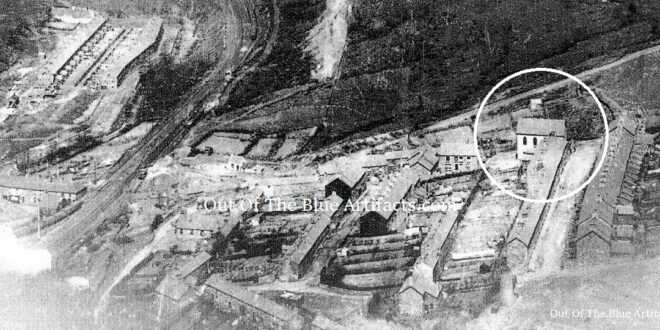Primitive Methodist Chapel Six Bells.
In January 1895 the Primitive Methodists at Six Bells held a meeting in the Hafod Van Reading Room. The chairman was Rev J. Turner. Songs were sung under the conductorship of Mr W. Doel and the proceeds went towards the chapel building fund. Services were later held regularly in the Reading Room.
In late 1895 the Primitive Methodists at Six Bells had secured a site for a chapel on land (which is now on High Street) kindly given by Mr T. P. Price a colliery proprietor and the building of the chapel commenced.
The Ceremony of the Laying of the Foundation Stones.
On Monday 18th of November 1895, the ceremony of the laying of the Foundation Memorial Stones took place. Rev J. Turner presided over the proceedings. After readings of the scripture by Mr T. W. Allen, Rev A. Johnson offered prayer.
Eight stones were laid by the following – Mr J. Wallace J.P.; Councillor S. N. Jones J.P.; Mrs Hancock; Mrs A. Jones; Mr T. W. Allen; Mr S. Dando, on behalf of the Abertillery Sunday School; Mr W. Bendle on behalf of the Six Bells Sunday School and Mr G. Cook on behalf of the Six Bells Band of Hope: Money donated and put on stones totalled £121. Later a tea was provided at the Hofad Van Reading Room and during the evening there was a meeting in the Mission Hall where Mr M. Adams took the chair.
Description of the Building.
The chapel was built with a schoolroom beneath of the same size (as seen circled in white on the featured image above). The chapel cost £700. and could accommodate 250 worshippers. There is no other information that I can find on the chapel at this time.
The Later Years.
It later closed, demolished and the site was cleared, the waste ground was recently turned into a car park.
Points of interest – The featured image shows the chapel (circled) far right. On the bottom (left) are Vivian Cottages and the Coach & Horses, above which are the streets of Arrail and River Row (later re-named Griffin Street) being constructed from the top down. The Pant-yr-Arael Farm at the top of Arrail Street can be seen, the farm was later demolished to build Upper Arrail Street. At the top (centre) of the image can be seen the new Alexandra Road being laid out down through into Six Bells, by Messrs Monks the contractors of Crumlin. Finally on Bridge Street (bottom left) can be seen the original Presbyterian Forward Movement Iron Chapel with a Bell Tower.
 Out Of The Blue Artifacts A Library of a lifetime of collecting
Out Of The Blue Artifacts A Library of a lifetime of collecting
